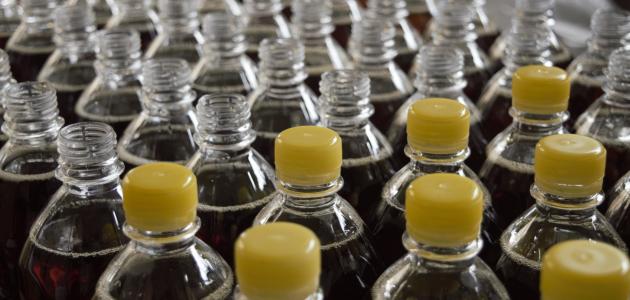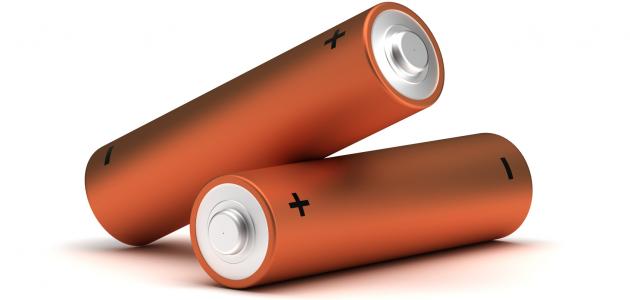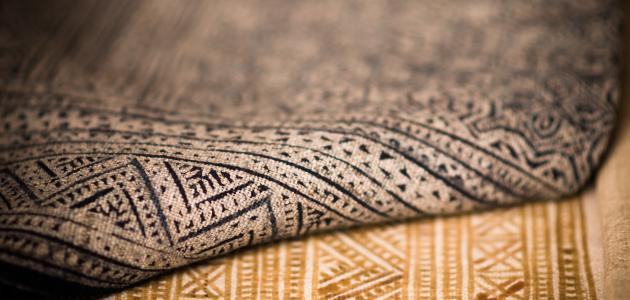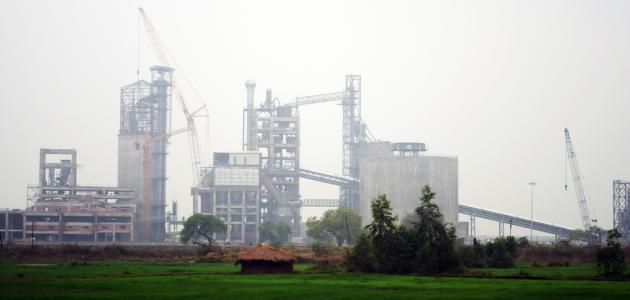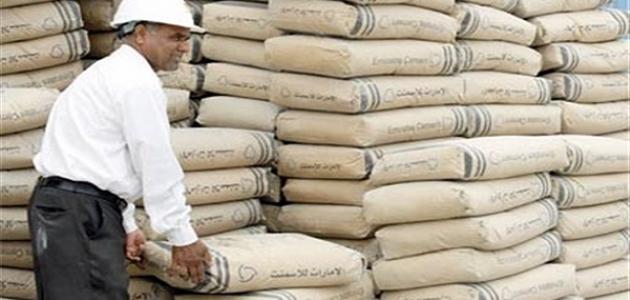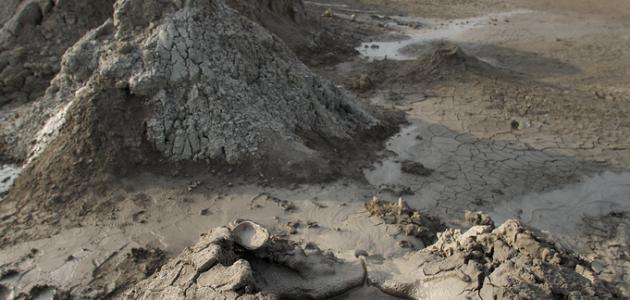plastic
Plastic is a type of material that is made from organic materials, such as: crude oil, natural gas, cellulose, coal, and salt. The word plastic is derived from the Greek word plastikos Which means moldable, the word Plastids it means molded; This indicates the most important properties of plastic, which is its ability to be compressed and formed in a variety of shapes. Plastic consists of large units called polymers, which in turn consist of shorter units consisting of carbon called monomers. Monomers are arranged in multiple ways; This allows for the formation of countless numbers of different polymers in chemical composition. Plastic is used in the manufacture of many materials that we use frequently in our daily lives, such as: clothes, toys, cars, and electrical appliances such as televisions and computers. It is also used in the installation of CDs and other materials.
plastic industry
Plastic is manufactured through the following steps:
- Preparation of raw materials and monomersWhen refining crude oil and natural gas, a process called cracking takes place to obtain hydrocarbon raw materials, after which the hydrocarbons are chemically treated to obtain hydrocarbon monomers, such as: ethylene, propylene, and other carbon monomers such as styrene, vinyl chloride, and acrylonitrile. .
- polymer compositionMonomers are linked to form polymers, which are collected and processed to improve their properties. The treatment includes the addition of chemical flame retardants, which are substances that delay the formation of flame in the event of a fire, plasticizers, and dyes. At this stage, the resulting polymers, or what are called resin polymers, are formed. Resin) in the form of small balls.
- Formation of the final productAt this stage, the resin is heated, poured into molds, and left to cool. This stage can include many steps, depending on the type of product desired, including:
- Extrusion (in English: Extrusion): It is the process of forming resin pellets after heating them. By passing it through long chambers and exposing it to pressure to force it to pass through small holes to take specific shapes, then cooling it by exposing it to water or air, and this method is used to make plastic tapes.
- Injection molding: hot resin is injected under high pressure into cooling molds to acquire a specific shape. This method is used to manufacture milk and butter containers or boxes, for example.
- Blow molding: This process takes place along with extrusion or injection molding, and is used to manufacture plastic bottles; This is done by placing a tube of hot plastic in a cooled mold, then exposing it to compressed air, which pushes the resin to the sides of the mold, and leaves it until it hardens in the shape of the required mold.
- Rotational molding: The hot resin is placed in a round mold, and it is rotated until the resin is distributed on the sides of the mold, then it is left to cool and take the desired shape. This technique is used to manufacture hollow plastic materials, such as: children’s dolls, furniture parts, and equipment. sports facilities, waste containers, and others.
plastic types
There are two main types of plastic:
Read also:How do I get potassium nitrate?- Plastic or thermoplastic elastomers Thermoset or thermosetting plastics: It is a plastic that retains its shape and cannot be reheated and formed again. It is used to manufacture car tires, auto parts, and aircraft parts. Examples include polyester, epoxy resins, phenolic resins, and polyurethane.
- plastic or thermoplastics (in English: Thermoplastics): It is a plastic that can be melted and reshaped several times, as it is less rigid than thermosetting plastics. Therefore, it is used for the production of packaging materials, and examples of it are: polyethylene, which is used in the manufacture of disposable gloves, garbage bags, packaging materials, polypropylene, which is used in the manufacture of bags, strings, tubes, bottles, and polyvinyl chloride, which is used in the manufacture of Pipes, especially water pipes.
The history of plastics
In 1839 AD Charles Goodyear accidentally discovered the vulcanization process, when mixing sulfur with natural rubber while heating it, thus becoming more flexible and more amenable to formability, and in 1846 AD the Swiss chemist Charles Schonbein discovered Nitrocellulose polymer, which was formed as a result of a reaction between cotton and a mixture of sulfuric acid and nitric acid, and in 1870 AD John Hyatt discovered a plastic polymer called celluloid as a result of the interaction of camphor with cellulose nitrate, and celluloid was used to produce photographic films, billiard balls, and ping-pong balls pong. In 1909, the scientist Leo Baekeland manufactured another industrial polymer called (Bakelite), and he obtained it by conducting a reaction between phenol and formaldehyde. High resistance to heat and electricity, such as: handles, furniture parts, telephones, auto parts, and jewelry. The invention of Bakelite later led to the production of a whole group of plastics known as phenolic resins. In the XNUMXs, the scientist Wallace Carruthers discovered that the interaction of adipic acid and a specific type of monomer called diaminohexane leads to the production of a type of plastic, nylon. Over the years, chemists were able to produce improved plastic materials, such as: polyethylene, vinyl, dacron, styrofoam, and polystyrene.
Read also:How to make potteryAdvantages and disadvantages of plastic
Among the advantages of plastic are the following:
- low cost.
- Water and chemicals resistant.
- Durable, lightweight, and flexible.
- Odorless and unbreakable.
- It can be used for household purposes and packaging.
- It can be recycled.
The disadvantages of plastic are:
- Not renewable.
- pollutes land and water; Because it is not biodegradable.
- Some types of plastic produce highly toxic fumes when burned.
- Plastic bags cause harm to wild and marine animals.
